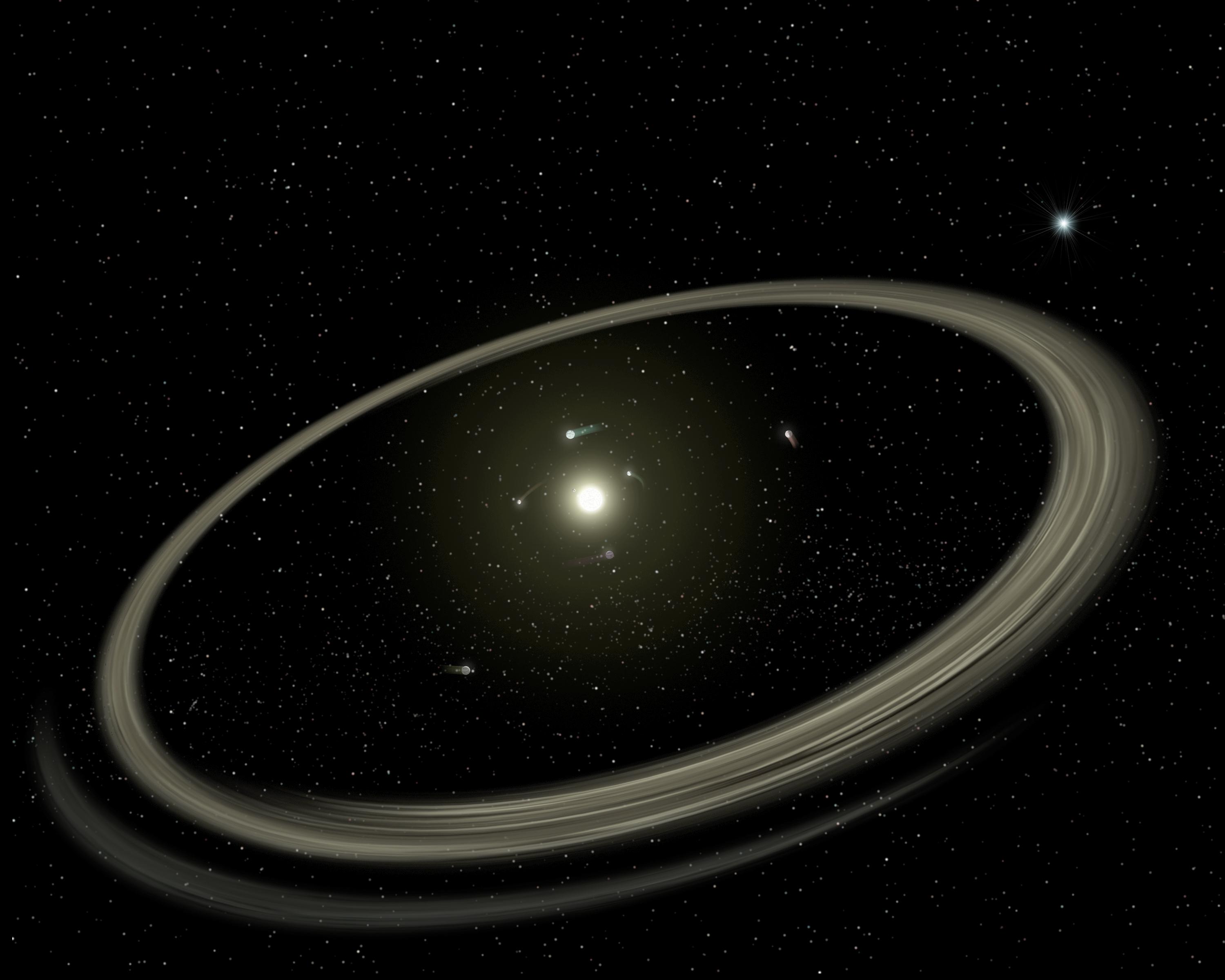The Rocky World of Young Planetary Systems (Artist Concept)
Caption:
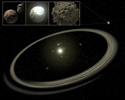
Figure 1
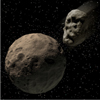
|
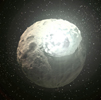
|
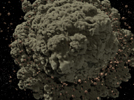
|
|
Panel A of Inset
|
Panel B of Inset
|
Panel C of Inset
|
|
This artist's concept illustrates how planetary systems arise out of massive collisions between rocky bodies. New findings from NASA's Spitzer Space Telescope show that these catastrophes continue to occur around stars even after they have developed full-sized planets, when they are as old as one hundred million years. For reference, our own Sun, at 4.5 billion years old, is far past this late stage of planet formation.
In this image, a young star is shown circled by full-sized planets, and rings of dust beyond. These rings, also called "debris discs," arise when embryonic planets smash into each other. One of these collisions is illustrated in the inset of Figure 1.
Spitzer was able to see the dust generated by these collisions with its powerful infrared vision.
Cataloging Keywords:
| Name |
Value |
Additional Values |
| Target |
|
|
| System |
|
|
| Target Type |
Exoplanet |
|
| Mission |
Spitzer Space Telescope |
|
| Instrument Host |
Spitzer Space Telescope |
|
| Host Type |
Space Telescope |
|
| Instrument |
Infrared Array Camera (IRAC) |
|
| Detector |
|
|
| Extra Keywords |
Artwork, Collision, Color, Dust, Infrared |
| Acquisition Date |
|
| Release Date |
2004-10-18 |
| Date in Caption |
|
|
| Image Credit |
NASA/JPL-Caltech |
| Source |
photojournal.jpl.nasa.gov/catalog/PIA06939 |
| Identifier |
PIA06939 |
